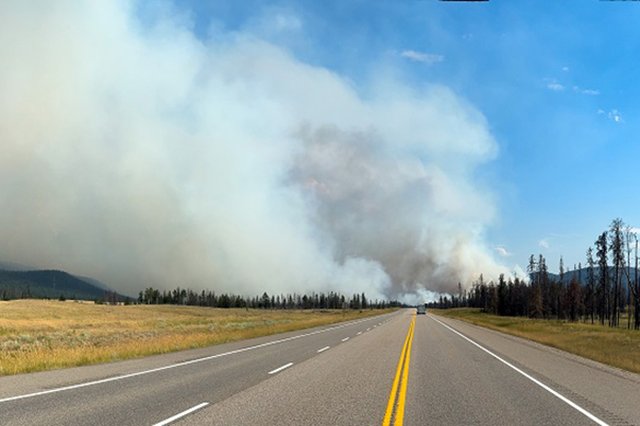Western N.S. among North American areas with highest Lyme disease rates: dashboard
Posted Dec 12, 2021 09:45:00 PM.
A new online dashboard shows western Nova Scotia has some of the highest rates of Lyme disease in North America as well as a potentially large disparity in diagnoses across the province.
Researchers at Maryland's Johns Hopkins University first released their Lyme and Tickborne Disease Dashboard — inspired by COVID-19 tracking dashboards — last May.
Since then, the researchers have updated the dashboard — and they found cases of Lyme disease are on the rise.
While three of Nova Scotia's health zones have relatively low numbers of Lyme disease cases, Zone 1 — also known as Western Zone — has seen hundreds of cases in the last few years.
According to the data, Nova Scotia's Western Zone saw 638 new cases of Lyme disease in 2019.
Between 2009 and 2014, the Western Zone only ever saw fewer than 140 new cases in a single year; there were only eight cases in 2009.
Dr. Robert Murray, a board member of the Canadian Lyme Disease Foundation who's also a retired dentist in Lunenburg, said Lyme disease and the presence of ticks in Nova Scotia is often ignored by officials.
“It's a topic that gets talked about frequently locally but never comes up provincially,” he told CityNews Halifax. “When health officials are asked about it, they'd rather duck the problem and say, 'it's pretty minor; we've got a handle on it.'”
However, he said that's an issue for some Nova Scotians.
“Everybody around here in the south end of the province in health district number one wants to know how they get away with it,” he said. “With reporting low numbers officially when every second or third person that they talk to seems to have had Lyme disease, been bitten, that type of thing.”
Southeast Ontario and south Quebec — districts that border Maine, New Hampshire, Vermont and New York — also have a high number of Lyme disease cases, but still not as many as Nova Scotia's Western Zone.
In the United States, New England has a majority of the country's Lyme disease cases with some parts of those states seeing more than 400 new Lyme disease cases just in 2019.
According to the researchers, climate change is one factor that could be causing a rise in Lyme disease cases in new parts of Canada and the United States.
Generally, blacklegged ticks don't do well in extreme environments that are too hot, dry or cold.
As temperatures rise, the range of favourable habitats for ticks also increases.
A Lyme disease surveillance report for 2018 from the federal government shows 1,487 human cases of Lyme disease were reported to the Public Health Agency of Canada in that year. Out of those, 97 per cent were in Nova Scotia, Quebec, Ontario and Manitoba.
Preliminary data from the federal government indicates that there were 2,636 reported human cases of Lyme disease — the highest number of cases in a year since data collection began in 2009.








